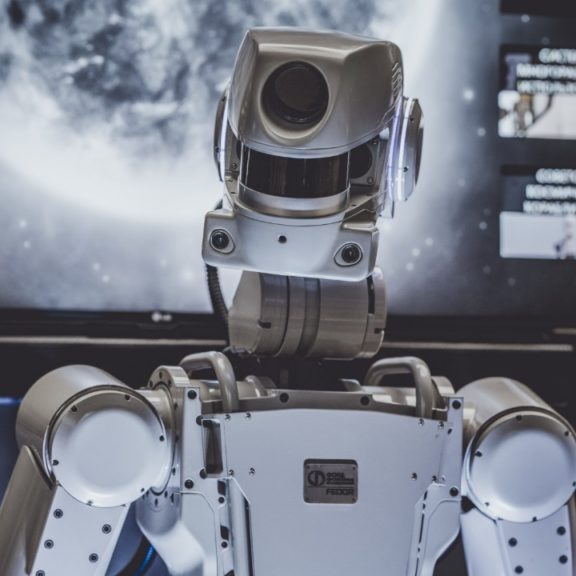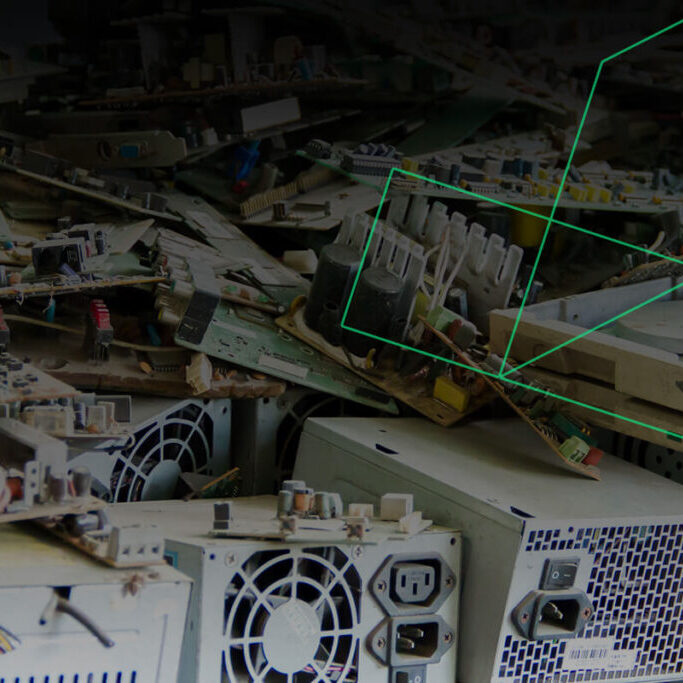The notion of AI may worry some, but with applications like natural language processing (NLP), your gadgets can better understand what you want from them. NLP is expanding the range of what AI can do. Ultimately, it’s breaking down the communication barriers between humans and machines.
What Is Natural Language Processing?
Natural language processing is a form of AI that allows machines to read and understand human languages. It’s a revolutionary step in AI applications.
Human speech is complicated. One word can mean any number of different things depending on its context. This nuance has been a stumbling block for past programs that could only recognize keywords.
With NLP, programs can recognize words and their meanings. This broader grasp on language allows machines to help humans in far more areas than ever before.
How Does Natural Language Processing Work?
Approaches to NLP differ, but generally, natural language processing programs look at language through five different fields they can use together to extract meaning:
- Morphology: The relationship words have to one another.
- Syntax: How sentences are structured.
- Semantics: What words and groups of words mean.
- Pragmatics: Understanding spoken expressions.
- Phonology: How to recognize the sounds words make.
Fully understanding just one of these categories can be difficult for a program, so NLP is not a perfect process yet. But by analyzing words through all five disciplines at once, AI applications can fill in the gaps and form an accurate idea of what a given set of words means.
How Businesses Are Using NLP
You probably encounter natural language processing regularly, even if you don’t realize it. If you’ve ever used Siri or Alexa, you’ve used a program driven by NLP. To answer you correctly, these virtual assistants have to analyze your speech for both keywords and meaning.
Auto-correct and spell-checking programs like Grammarly are a form of text-based NLP. You’ve likely encountered some issues with these, which is telling of how complicated the process can be.
The same goes for translation services like Google Translate. If you’ve noticed, these programs have been getting more accurate, showing how NLP is improving.
Have you ever wondered how your email can automatically sort mail into different mailboxes? Email services use natural language processing to understand the content of your messages. They can then determine if an email is spam or not with relative accuracy.
NLP is central to modern search engines. Searchers like Google and Yahoo used to show you results based purely on the presence of keywords. Now, they can grade the quality of a webpage’s content using NLP to provide you with the most relevant results.
Companies can also use NLP for business intelligence applications as well. For example, a manager could ask an NLP-enabled program like Microsoft Power BI a question about company productivity or profits, and the program would provide them with accurate results.
NLP in the Future
As NLP gets better and better, it will become even more critical to how we live. NLP can help health care professionals analyze patient notes to understand their conditions better and how to proceed with treatment.
Advanced NLP systems may be able to recognize sensitive information and then improve security around it. As more of our data travels online, advanced security like this will become increasingly crucial.
Improved NLP will make smart assistants a more viable concept. Current versions like Siri are limited, but if you could hold a conversation with your digital assistant, they could be far more useful.
Natural language processing has already revolutionized AI applications. As technology progresses, NLP will bring intelligent services into more professional roles as well as more areas of your daily life.
Recent Stories
Follow Us On
Get the latest tech stories and news in seconds!
Sign up for our newsletter below to receive updates about technology trends














